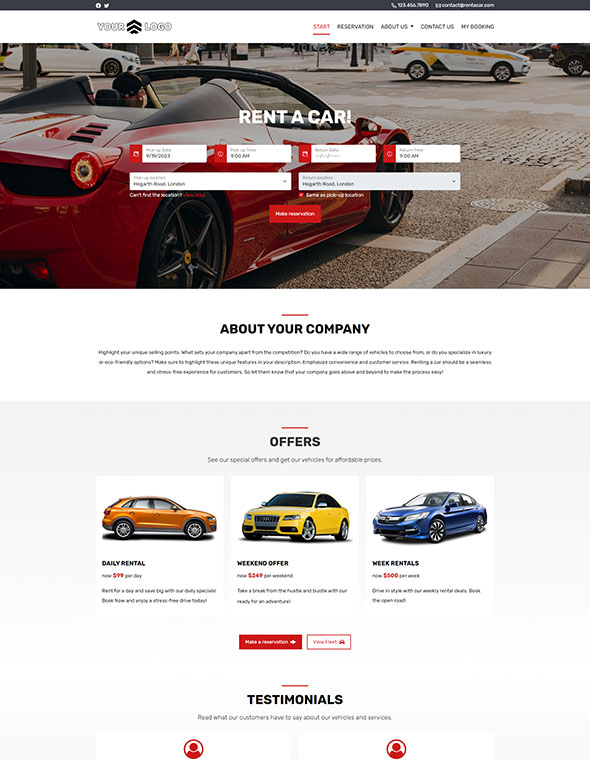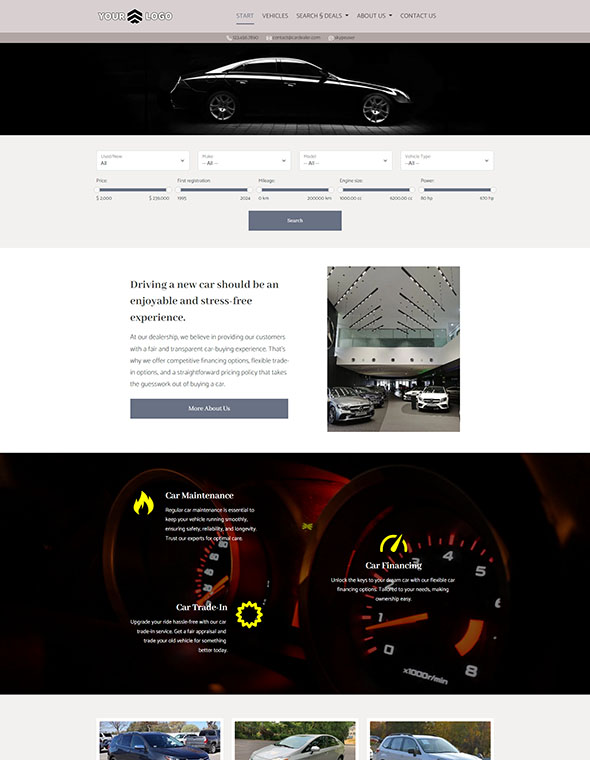When it comes to marketing, mistakes can be made as easily as in any other environment. Only, these mistakes can cost you customers or damage your brand, so it is best to be well informed about mistakes you may possibly be making right now or may make in the future.
In this blog post, we are really going to put into practice the phrase, “Learn from others mistakes”. We have collected together a list of 6 common marketing mistakes and how to avoid them, so you can keep your sales heading in the right direction and your marketing efforts on track!
Mistake #1: Poor Research
All successful marketing campaigns have a very common trait- that they required extensive research into their customers beforehand. Launching a marketing campaign without considering your customers is like trying to shoot a target with a blindfold on and with no prior experience. Yes, you may hit the target on the incredibly small off chance all the stars aligned and you simply got lucky. But, more often than not, that will not be the case and you may end up wasting a significant amount of your marketing budget. Regardless of the purpose of your campaign, whether it be to raise brand awareness, drive traffic to your website, retarget existing customers, every marketing campaign must consider the audience involved in order to be compelling.
So, with that being said, make sure to assign a portion of your marketing budget/spend for research purposes. Use this portion to test your advertising campaigns before you increase the ad spend. Rather than ordering 1000s of leaflets to post through everyone's doors in the local area, research and monitor the data on where your customers are ordering from and then print off enough leaflets for that particular area. Research should always be the first step when launching a marketing campaign, because it will either make or break the chances of its success, and the business that researches thoroughly will more often than not, come out on top!
Mistake #2: Broad Targeting
When it comes to marketing, your goal doesn’t have to be reached through a “spray-and-pray” approach. Or in other words, reaching as many people as possible in the hopes that some of them are your ideal customer. New tools and the latest marketing platforms allow for hyper-targeted marketing campaigns, meaning you can really hone in on your perfect type of customer.
With the amount of data available from social media platforms, it is now easier than ever to get a clear picture of your core audience. You can target people based on age, gender, location, interests, even their educational level.
So, by making sure to perform comprehensive research and then coupling that with narrow, more focused targeting, you have yourself a winning combination!
Mistake #3: Competing On Price Alone
Discounts are good, but they should only last so long. Businesses that offer constant discounts can end up negatively impacting their customer acquisition. This is because keeping prices low for an extended period of time or offering low prices too frequently puts customers on notice to hold off and never pay full price. If price alone was the only factor in a person's buying decision, then Gucci, Mercedes, Rolex and other luxury brands would be out of business. Price does dictate someone’s decision on whether or not they are going to purchase but it is one of many factors. Other factors include brand loyalty, status symbol, emotional buy-ins, impact on quality of life/standard of living.
Now, that’s not to say that offering discounts is a bad marketing strategy, It proves well and is tried and tested, but we recommend to space out the time periods between offering said discounts, to make sure that your products or services still keep their original value and do not result in potentially eroding brand value.
Mistake #4: Failing To Earn The Business Of Repeat Customers
Generally, in business, as a rule of thumb, 80% of sales come from repeat customers and 20% comes from new customers who are purchasing for the first time. Selling to new customers is almost always harder than re-selling to existing customers. Existing customers have already gone through the buyer's journey, they have used your product or service and are therefore much more likely to come back and purchase again. With new customers, you have to convince them that it is worth their money to purchase from your business and they still have to go through that buyer's journey.
By focusing a portion of your efforts on encouraging existing customers to make a second, third, maybe even a fourth purchase, you'll not only attract a wider audience of potential buyers, but you'll also make sure that you're devoting enough of your efforts to the core of your customer base.
Mistake #5: Ignoring Emotion As Part Of The Buying Process
People buy with emotion and they justify with logic. Before anyone buys anything, they need to be emotionally invested in it. People respond more to dopamine rushes from the feeling they get when thinking about how that is going to emotionally affect them after they purchase it, rather than the clever ads they see or the promotional offers. Yes they help, but they only add to the already amplified emotional buy-in.
When you are able to tap into the emotional drivers that influence how people feel about themselves and the world around them, you are able to influence behavior. When doing any marketing activity, you should be basing it on creating positive feelings and on building trust with potential customers. Without their trust, you can’t tap into much of anything else. And that trust is what initiates their emotional buy-in, and once they are emotionally invested, logic follows.
Mistake #6: Not Addressing Customer Complaints
Customers complaints can have an extremely negative of a brands image and ability to gain trust. With social media being the forefront of viral sensations, it is only a matter of time before the next brands get ridiculed online for something a customer experienced that was left unresolved. In a matter of minutes, unhappy customers can share a bad experience they had in the form of a facebook post, instagram story, tweet etc. This can reach thousands, sometimes millions of other people, and it can easily snowball into a backlash of unwanted negative attention for that business.
Whenever this happens, and it will, make sure to respond immediately to the customer on the same platform they left the complaint. Let the unhappy customer and others know that you care and are readily available to fix the issue and do what needs to be done to make things right. It may be frustrating having to handle customer complaints, however in the long run, you will thank yourself for it!
Conclusion
So, we hope that has given you a bit of insight into some common marketing mistakes and that you now know what mistakes could be made when implementing marketing strategies/campaigns and how to avoid them.
Have you read our blog post on How To Promote Your Website For Free & Increase Your Website Traffic?
If you are interested in finding out how VEVS and our team of experts can help your business when it comes to marketing, please visit our digital marketing page for more information.











